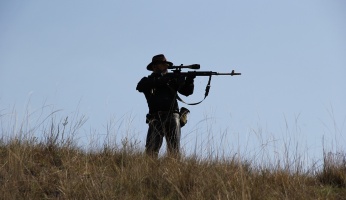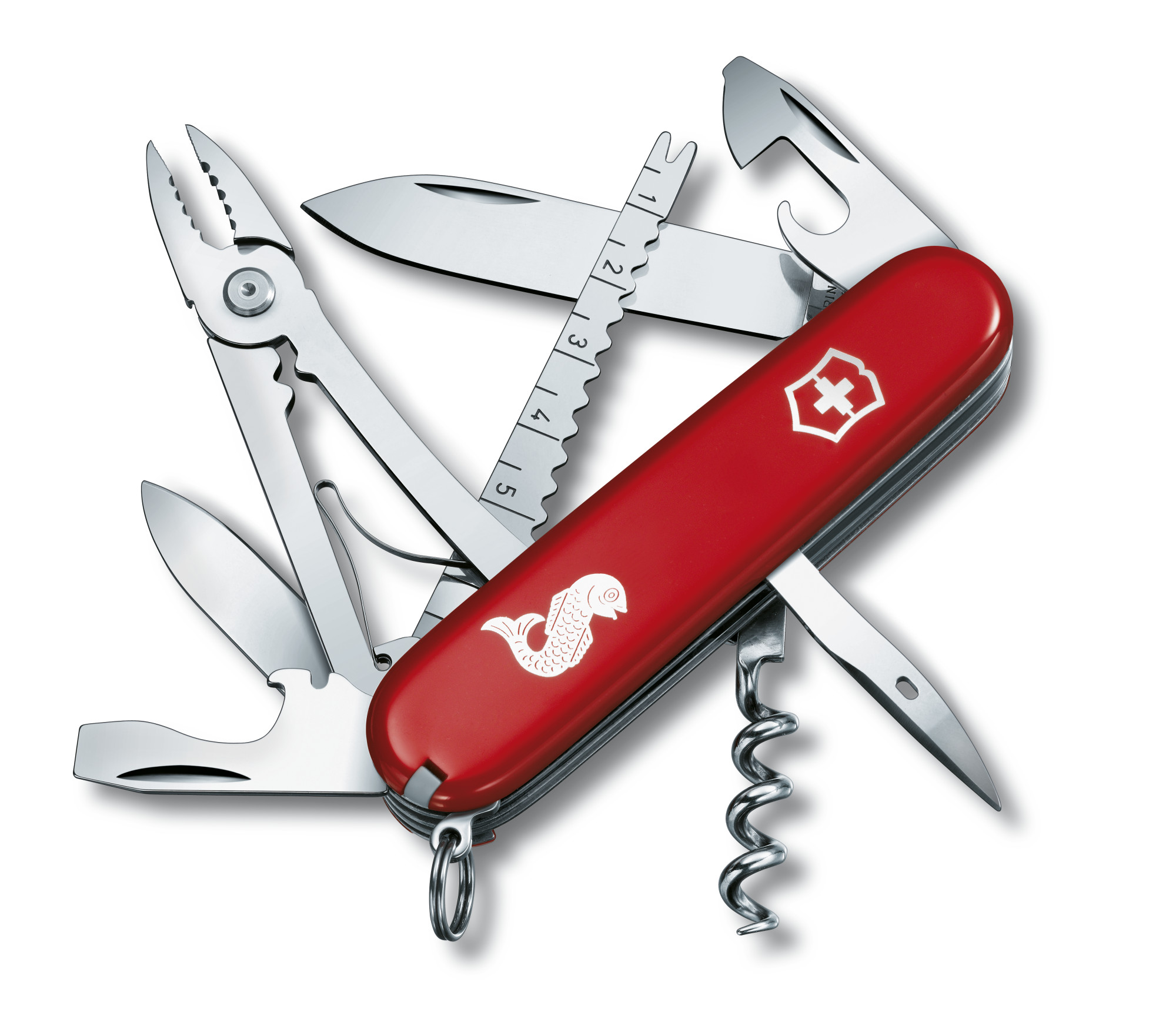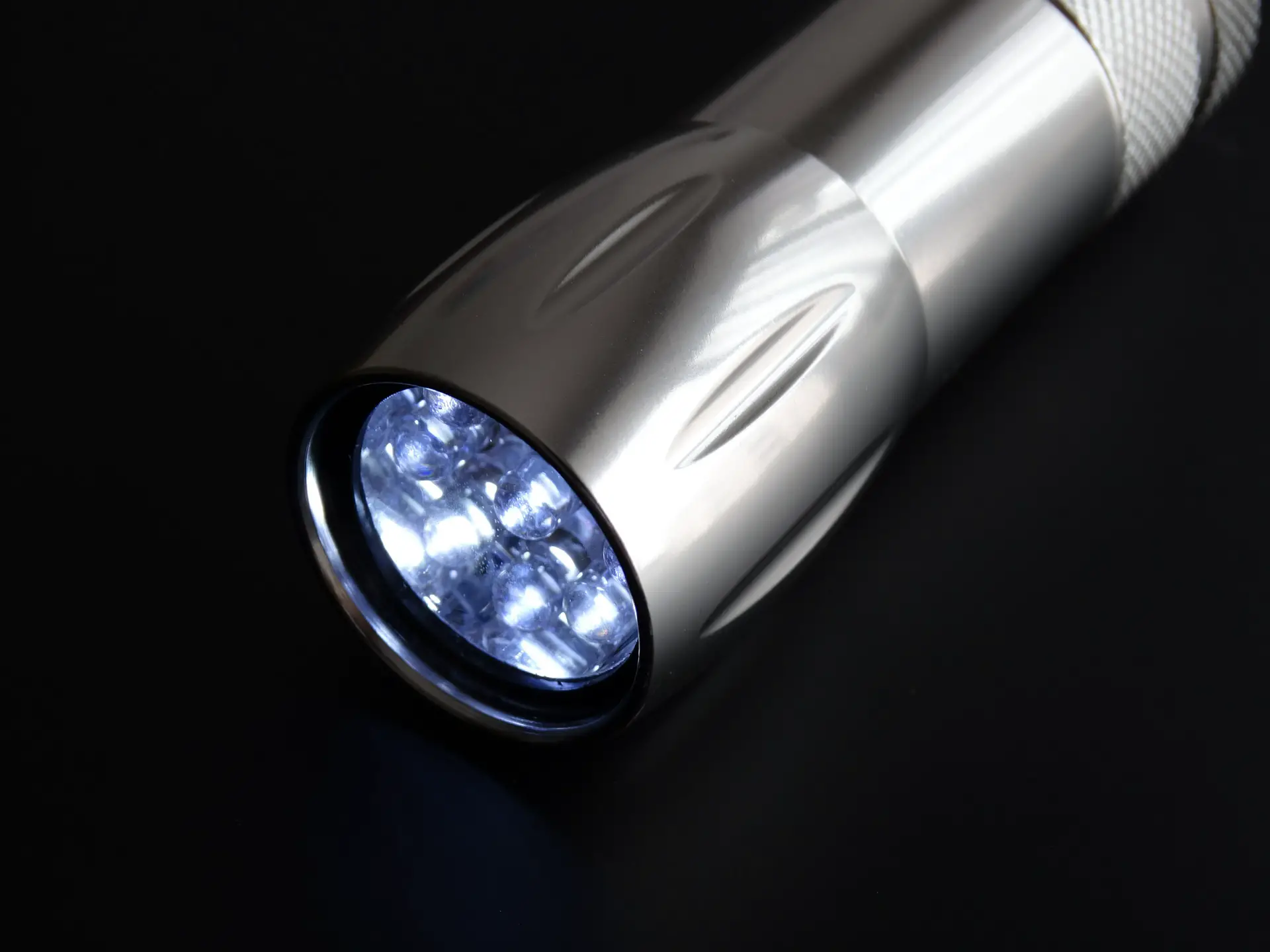Buckshot Vs. Slug: Choosing the Right Hunting Load
 Buckshot Vs. Slug: Choosing the Right Hunting Load
thegearhunt.com
Buckshot Vs. Slug: Choosing the Right Hunting Load
thegearhunt.com
When there is a situation that warrants a shot, slugs are most preferred by experienced hunters. Within the range of 10 foot to 150 yards, buckshot is no match for slugs when taking shots at wildlife, the varmint, and any other thing that comes to mind. The chances of hitting your target outside of 30 yards with buckshot are quite slim except you get lucky. It is more like a grenade situation; you just hope it hits something.
A debate about the better of the two has been reoccurring over the years. Therefore, it is essential to consider the pros and cons of using either of them. The long-standing debate is not going to be settled in this article, but I will provide you with a few necessary details about hunting with buckshot or a slug. In addition, you will learn about the advantage one has over the other, and some pieces of advice for hunters and would be hunters. Also, big game hunters who use shotguns should weigh up how best buckshot and a slug, measures up to each other.
Understanding the Buckshot
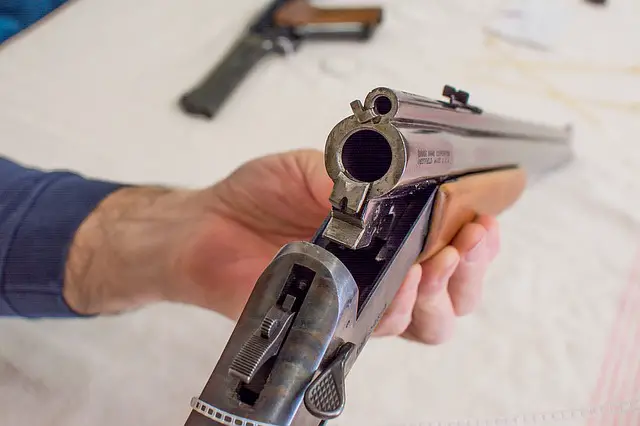
Buckshot is known to be the largest size of lead shot used in the shells of shotgun for hunting a game. An ideal buckshot load is made up of series of pellets with average diameter. At the moment, there are varying types of buckshot in use, but the widely used variant is the 12-gauge buckshot (double aught) consisting of 9 to 33 caliber pellets with 9 pellets being the most common. Buckshot was initially designed to hunt medium-sized animals such as deer.
For the good-old buckshot, pattern and range are directly proportional, such that as the former grows, the latter increases, and this is the same for other types of shot. From a hunter’s point of view, the pattern-range relationship is good because it allows a margin of error when aiming at his target. On the other hand, buckshot will only work perfectly within a short-range of about 30 yards, subject to the type of load and shotgun in use.
Individual pellets of a buckshot are lightly weighted (lead 00 buckshot weighs between 50 to 51 grains), therefore, placing it at a disadvantage. This position is so described, as it does not retain its energy of projection, neither does it penetrate its target, as well as a slug, would do. This factor also restricts the efficacy of buckshot to thin-skinned animals such as the deer, at a relatively close range.
When employed at short range, its effect is highly destructive. This particular characteristic accounts for its effectiveness at shooting moving animals, its popularity among deer hunters and guides. This is also true in Africa for explorers of the wild who go after injured leopards. Regardless of the fact that buckshot lacks versatility, it remains an excellent alternative, provided it is used under apposite conditions and specifications.
Understanding the Slug
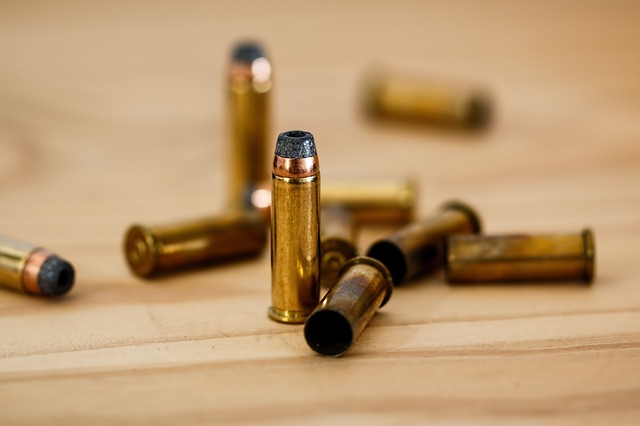
A slug possesses characteristics that are directly opposite that of the buckshot. In the real sense, it has single pellets with a large projectile diameter. Also, there are varying designs of shotgun slugs available for purchase as with buckshot. Although the numerous types available on the market have different specifications, they still share basic performance characteristics.
Put side by side the buckshot, a slug has a much wider range of effectiveness. Taking a shot at the deer within the range of 50 to 75 yards, you can expect that releasing a slug from a shotgun would fair excellently well. When a barrel is used as the projecting medium instead of a shotgun, the performance range of a slug is further extended.
Although the effectiveness of shotgun shooting slug is nowhere near that of centerfire rifles, it is still considered as appropriate for taking long-range shots at animals. In any case, this can be as much as 2 to 3 times better than buckshot.
Based on the fact that a slug consists of single pellets with a large diameter, it causes a large hole in anything it pierces. The variation in the sizes of the projectile is such that a 20-gauge slug has a diameter twice as large as a .30-06 bullet, and a 12-gauge slug is considered even larger.
Shotgun slugs are heavier compared to bullets. A three-quarter ounce (328 grain) 20-gauge slug, and a 1 ounce (437.5 grains) 12-gauge slug are more massive when placed against a 150-grain –sized, 30-06 bullet. It is noteworthy that the energy retaining ability and penetrating power of a slug is nothing to be compared with that of buckshot.
The precision of a slug shot by a shotgun is much better than that of a shotgun shooting buckshot. This could be an advantage or a disadvantage depending on prevailing conditions. However, this characteristic guarantees a probable wider margin for mistakes, especially when aiming to shoot at a target in motion.
Buckshot vs. Slug: The Comparison
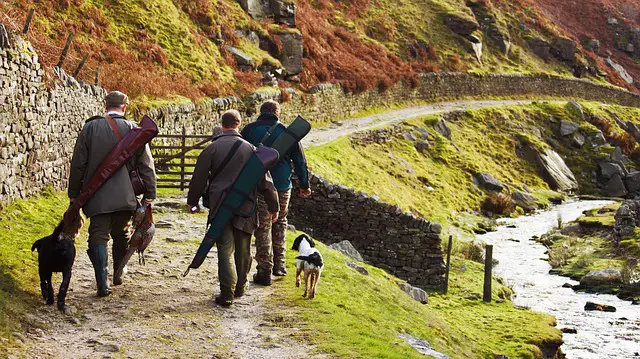
Now that you have some information about the two, what options are open to you and the choice to make? What is your option likely to be? A slug or buckshot? In actual sense, it is a question of what type of animal is hunted, the situation surrounding the hunt, and the hunting regulations as prescribed by local authorities.
In some regions, it is illegal to go after the antler using buckshot, as a result of its less than effective impact. This is so as shooting at it from a long range might only be sufficient to injure the deer before it escapes. When this happens, the hunters leave injured animals all over the place. So, if you belong to this category of hunters, then it’s simple: make use of a slug.
Most hunters prefer a slug to buckshots, because of its versatility, flexibility, and long-range ability. However, if you are only hunting thin-skinned animals with the possibility of taking very short-range shots, you should consider the alternative. In places with incredibly thick vegetation, using buckshot is your best option provided its use is permissible.





